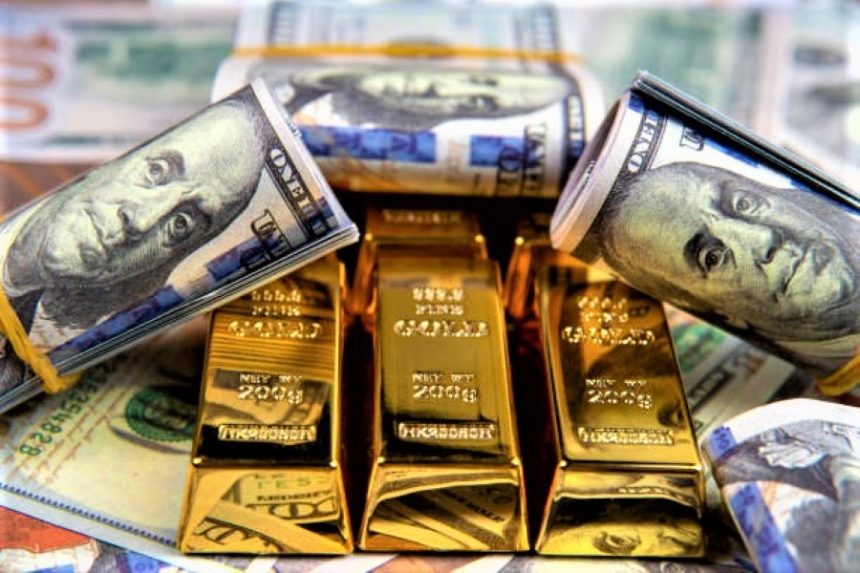Gold draws some haven flows around $2,600 following Trump’s tariff threats.
The gold price (XAUUSD) maintain its negative bias for the second day in a row after failing to capitalize on its slight intraday bounce from the $2,600 neighborhood, or over a one-week low. The threat of tariffs from US President-elect Donald Trump fueled some haven flows and provided some support for the safe-haven precious metal. But in the face of expectations for a less dovish Federal Reserve (Fed), the attempted recovery has failed to generate follow-through buying.
It appears that investors are certain that Trump’s expansionary policies will cause inflation to spike again and compel the Fed to gradually lower interest rates. This in turn causes the yields on US Treasury bonds to rise further, which is thought to be a tailwind for the USD and to be eroding demand for the price of gold, which is a non-yielding asset. Aside from this, the XAUUSD capped by hopes for a potential Israel-Hezbollah ceasefire and Scott Bessent’s nomination as US Treasury Secretary.
Daily Market Update: Gold price bulls avoid making aggressive bets with slower Fed rate cuts.
At the beginning of a new week, the safe-haven price of gold influenced by the optimism surrounding the Israel-Hezbollah ceasefire agreement and Scott Bessent’s nomination as the US Treasury secretary.
hopes that Bessent will try to control tariffs by adopting a more gradual approach The US dollar devalued and the yields on US Treasury bonds fell precipitously as a result of the budget deficit.
Despite speculation that the Federal Reserve would become less dovish, the yield on the benchmark 10-year US government bond fell as much as it has since early August.
The minutes of FOMC meetings are now consulted by traders in search of significant catalysts.
On Monday, Chicago Fed President Austan Goolsbee stated that he expects the central bank to keep reducing rates unless there is compelling evidence of overheating.
Neel Kashkari, the president of the Minneapolis Fed, stated separately that the December FOMC policy meeting still a suitable time to consider another interest-rate cut.
However, because of the expectation that Trump’s policies will increase inflation, traders are continuing to reduce their bets on another 25 basis point Fed rate cut in December.
The United States benefits from this bond yields and fills the weekly bearish gap in the USD, potentially limiting any significant increase in the non-yielding yellow metal.
Donald Trump, the US president-elect, threatened to levy a 10% tariff on all imports from China and a 25% tariff on all goods entering the US from Canada and Mexico.
There is a greater chance of a conflict escalation because Israeli forces have been stepping up their operations in north Gaza in recent weeks and are still crushing Lebanon.
Additionally, investors’ appetite for riskier assets tempered by concerns about the economic effects of higher duties, which causes some haven flows towards the XAUUSD.
The FOMC minutes now regarded by market participants as indicators of the future rate-cut trajectory, which will fuel demand for the USD and give the commodity a new lease on life.
The US Personal Consumption and Expenditure (PCE) Price Index and the first revision of the US Q3 GDP print also included on this week’s US economic docket.









